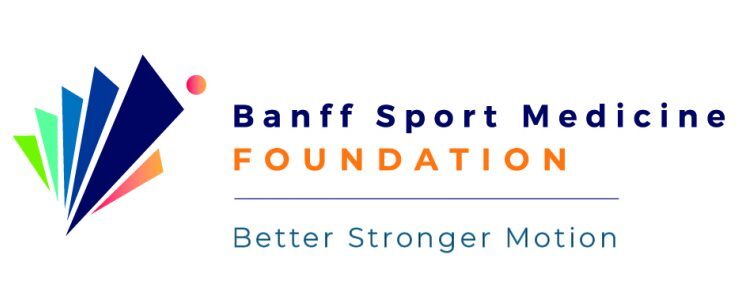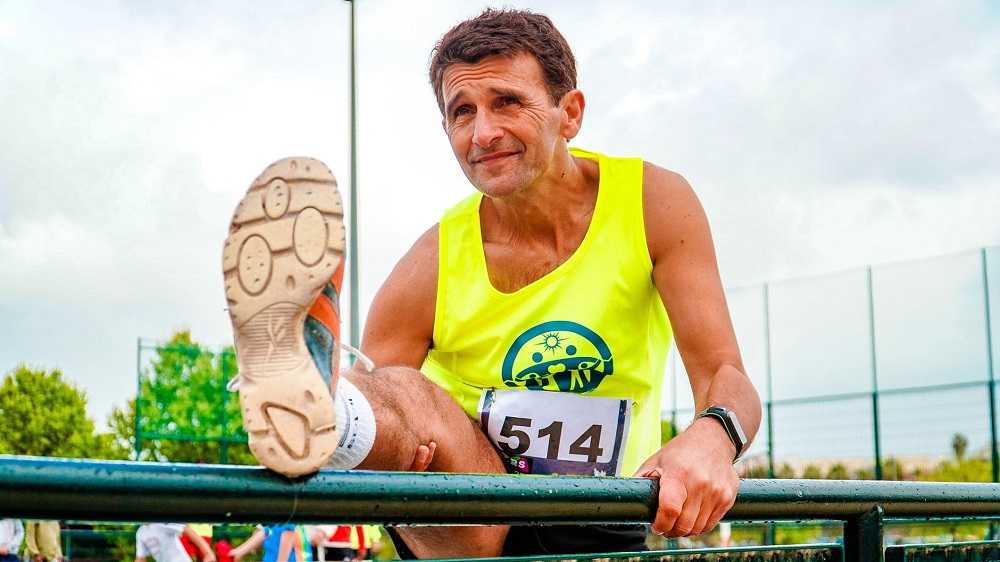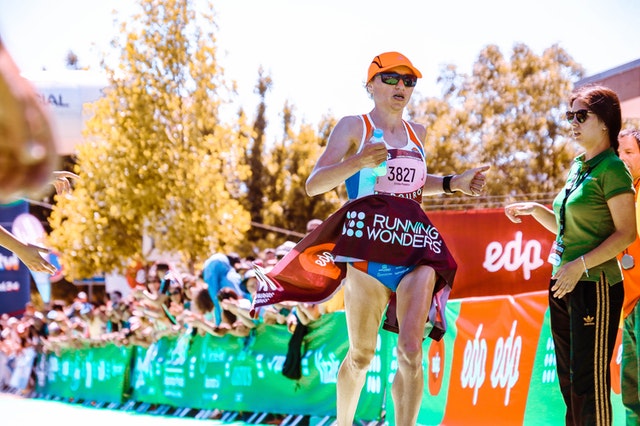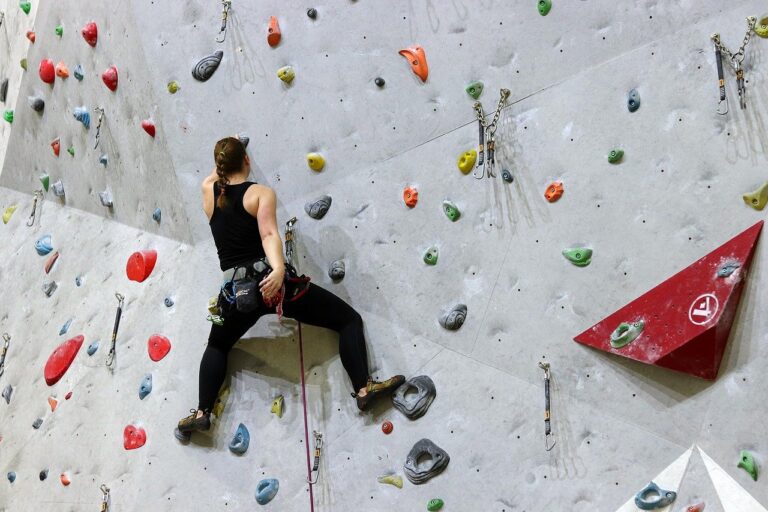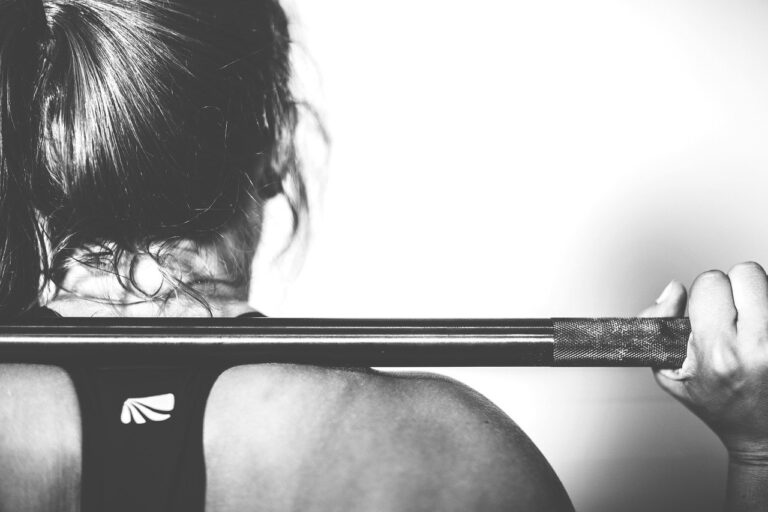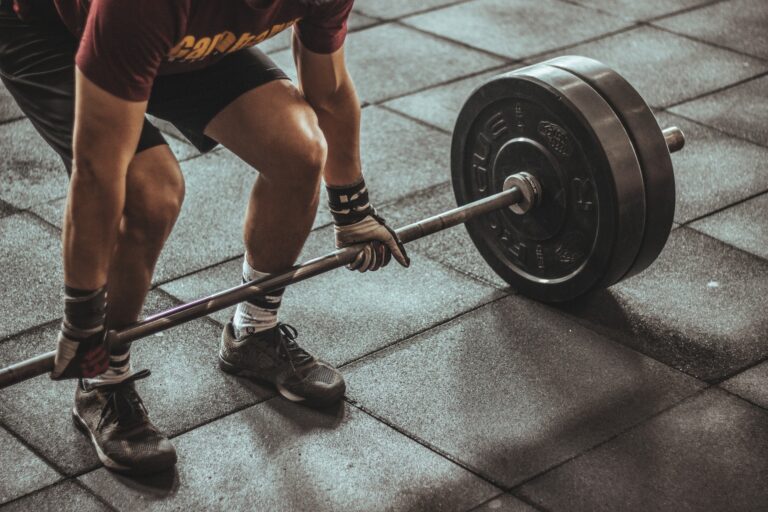Mastering Aging: the Cardiovascular System
Aging is an unavoidable process that we collectively experience.
The average patient seeking treatment from Banff Sport Medicine Physician, Dr Andy Reed, is aged a little over 50.
In recent columns published in the Bow Valley Crag & Canyon, Dr Reed discusses some of the changes that occur in our cardiovascular system as we age, as well as simple ways we can combat them.
Read the original articles here
Changes in our cardiovascular system
We see a number of important changes in our cardiovascular system. There is a progressive decline in our maximal heart rate, beginning at about age 10.
We all will lose, on average, about 1 beat per minute off our maximum heart rate, per year. If you can hit 170 beats per minute at age 50, you’ll be looking at closer to 160 by age 60.
It appears that this rate of decline is very similar in both sedentary and active populations, and in both sexes.
We also see a decline in the volume of blood our heart can pump with each beat (the stroke volume); this, combined with the lower maximum heart rate leads to a progressive decline in our VO2max, a parameter often used by sports physiologists to describe our ‘cardiovascular fitness’.
A large VO2max equates to a ‘large engine’, and a big potential to perform well in endurance events.
We also see decreases in total blood volume, and together with the decrease in stroke volume, heart rate and VO2max, these effects contribute to a gradual decline in our overall ‘cardiac fitness’, speed and endurance.
Improving cardiovascular function with exercise
The good news is that whilst we cannot do anything about the drop in our maximal heart rates, studies have shown, time and time again, that highly trained and active individuals can maintain their cardiac function and slow down the inevitable decline in some of these parameters.
It seems that you don’t necessarily have to get slower when you hit 40 or even 50.
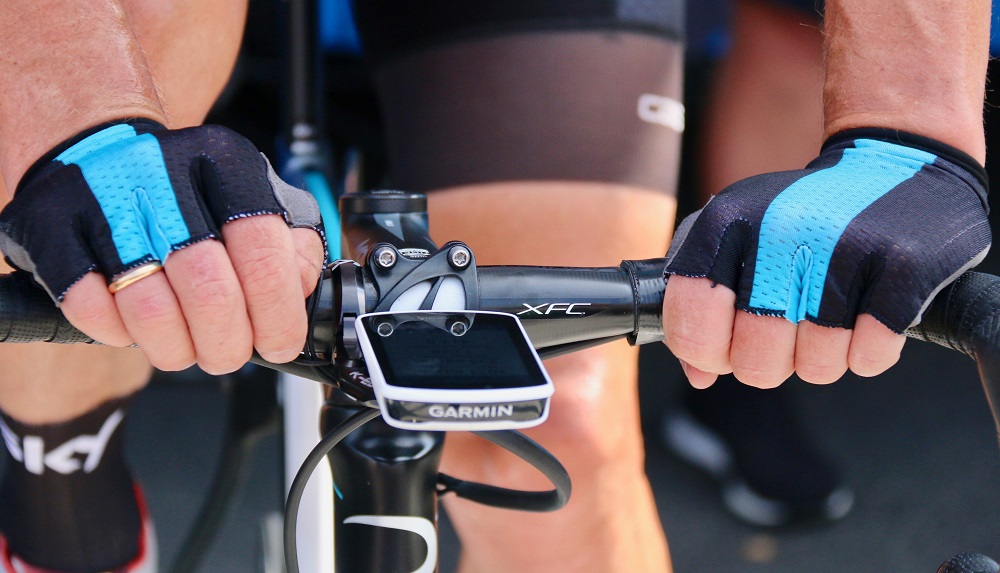
A study in the UK looked at 125 amateur cyclists aged between 55 and 79. They were all lifelong exercisers, and were able top perform at a pretty good level. The men in the study were eligible if they could ride 100km in under 6.5 hours, and the women in the study could ride 60km in 5.5 hours. These people were fit but certainly not superhuman. They were compared to a similar group of non-exercisers. They all underwent a variety of laboratory based tests.
Not surprisingly, the exercising group had better muscle mass and strength, less body fat, and lower cholesterol. The males had higher testosterone levels. Additionally, the regular exercise cohort was found to have better immune function, with higher levels of T cells, a key immune indicator. They were less prone to infection, as well as having improved cardiac risk factors.
So firstly, in very general terms, we should adopt an active lifestyle, and we should try to maintain this as we age.
I don’t think this will come as much of a surprise to anyone reading this.
What may be a little more surprising, however, is that we should probably be exercising more vigorously as we age.
I don’t think this is well known, and perhaps not that intuitive. As we get older, we tend to gravitate towards longer, less intense activities, but this may not offer the same benefits as HIIT. High Intensity Interval Training (HIIT) involves repeated short bouts of intense exercise – anything from 30 seconds to a couple of minutes of hard effort – interspersed with much less intense ‘rest periods’.

The intense bouts are repeated over and over, but because each ‘interval’ is short, it’s relatively easy to recover and do more of them. Each session need only last 15 to 30 minutes but certainly seems to pack a punch in terms of the potential health benefits, especially for older subjects.
One example of a HIIT workout would be to warm up for 5 to 10 minutes on a bike or stationary trainer. Then pedal hard and fast for 20 seconds, pedal easy for 40 seconds. Repeat the hard, easy intervals for a total 10 minutes then spin easy to cool down.
Another example would be to walk briskly for 3 minutes, then walk easily for 3 minutes. Repeat the fast/slow walks for half an hour.
Research has shown some impressive benefits if these workouts are performed 3 times per week, and the older subjects see bigger gains than younger athletes performing these same workouts.
The message here is that it’s never too late to start!
Cardiovascular fitness (VO2max), strength, lean muscle mass, and insulin sensitivity all improve markedly with these workouts, and we believe that these workouts ‘switch’ on genes, that can slow down the aging process.
Of course it’s never a bad idea to check with your family doctor if you have pre-existing health problems, or if you are new to an exercise program. And in between sessions, which should be spaced through the week, ensure that you don’t push too hard. Ensure adequate sleep and light activity on rest days.
These are fun workouts that can help us to combat the effects of aging.
Expert Contributor
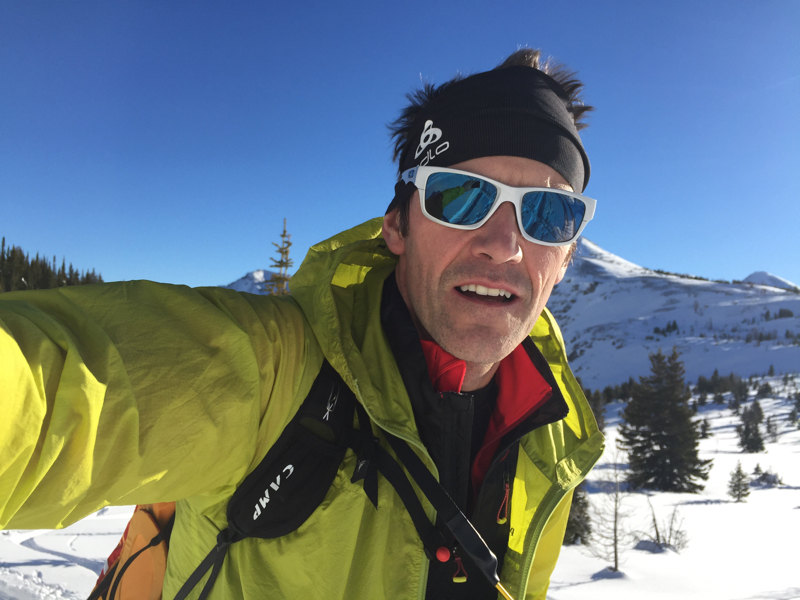
Dr Andy Reed, Banff Sport Medicine Physician
